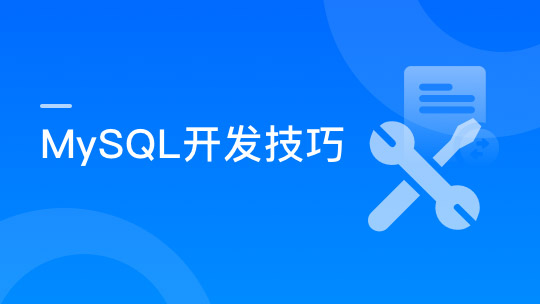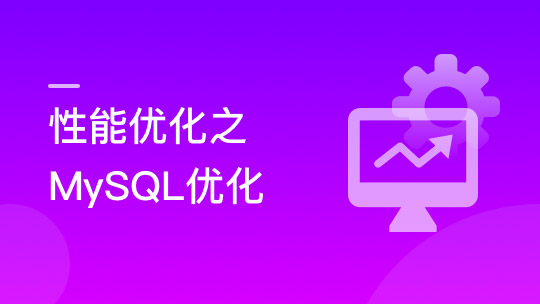早在课程开始阶段,我们就开通了腾讯云存储服务,只不过一直还没用上。这次咱们就要用一下这个云存储功能对请假单和病志做归档。

封装腾讯云存储之前,我们先要确定emos-api项目中的application.yml文件中已经定义好了云存储的各项值注入信息。

在pom.xml文件中,我们已经引入了云存储用到的依赖库,所以接下来我们可以写代码封装云存储了。
<!--腾讯云存储--> <dependency> <groupId>com.qcloud</groupId> <artifactId>cos_api</artifactId> <version>5.6.38</version> </dependency> <dependency> <groupId>commons-fileupload</groupId> <artifactId>commons-fileupload</artifactId> <version>1.2.2</version> </dependency>代码块预览 复制
- 1
- 2
- 3
- 4
- 5
- 6
- 7
- 8
- 9
- 10
- 11
腾讯云存储为我们提供很详细的API文档(https://cloud.tencent.com/document/product/436/10199),大家自学也能看的懂。

以后使用云存储的业务会有很多,所以我们要对业务场景加以区分。为了将来判断更方便,我定义了枚举类。创建com.example.emos.api.oss包,然后在其中创建TypeEnum.java枚举类。
public enum TypeEnum { ARCHIVE("archive"); private String key; private TypeEnum(String key) { this.key = key; } private String getKey(){ return key; } public static TypeEnum findByKey(String key) { if (key != null) { for (TypeEnum type : TypeEnum.values()) { if (key.equals(type.getKey())) { return type; } } } return null; } }代码块预览 复制
- 1
- 2
- 3
- 4
- 5
- 6
- 7
- 8
- 9
- 10
- 11
- 12
- 13
- 14
- 15
- 16
- 17
- 18
- 19
- 20
- 21
- 22
在com.example.emos.api.oss包中创建CosUtil.java类,封装公共函数。
@Component public class CosUtil { @Value("${tencent.cloud.appId}") private String appId; @Value("${tencent.cloud.secretId}") private String secretId; @Value("${tencent.cloud.secretKey}") private String secretKey; @Value("${tencent.cloud.region}") private String region; @Value("${tencent.cloud.bucket}") private String bucket; private COSClient getCosClient() { COSCredentials cred = new BasicCOSCredentials(secretId, secretKey); ClientConfig clientConfig = new ClientConfig(new Region(region)); clientConfig.setHttpProtocol(HttpProtocol.https); COSClient cosClient = new COSClient(cred, clientConfig); return cosClient; } public HashMap uploadFile(MultipartFile file, TypeEnum type) throws IOException { String path = null; //文件将要存放的相对路径 String fileName = file.getOriginalFilename(); //根据传入的type判断放入哪个文件夹 if (type == type.ARCHIVE) { path = "/archive/" + IdUtil.simpleUUID() + fileName.substring(fileName.lastIndexOf(".")); } //元数据信息 ObjectMetadata meta = new ObjectMetadata(); meta.setContentLength(file.getSize()); meta.setContentEncoding("UTF-8"); meta.setContentType(file.getContentType()); //创建请求 PutObjectRequest putObjectRequest = new PutObjectRequest(bucket, path, file.getInputStream(), meta); // 设置存储类型, 默认是标准(Standard), 低频(Standard_IA) putObjectRequest.setStorageClass(StorageClass.Standard); //获取Client对象 COSClient client = getCosClient(); //发出请求,上传文件 PutObjectResult putObjectResult = client.putObject(putObjectRequest); //上传结束后关闭Client client.shutdown(); HashMap map=new HashMap(); //刚刚上传文件的外网访问地址 map.put("url","https://" + bucket + ".cos." + region + ".myqcloud.com" + path); //文件的相对路径 map.put("path",path); return map; } public void deleteFile(String[] pathes) { COSClient client = getCosClient(); for (String path : pathes) { client.deleteObject(bucket, path); } client.shutdown(); } }代码块预览 复制
- 1
- 2
- 3
- 4
- 5
- 6
- 7
- 8
- 9
- 10
- 11
- 12
- 13
- 14
- 15
- 16
- 17
- 18
- 19
- 20
- 21
- 22
- 23
- 24
- 25
- 26
- 27
- 28
- 29
- 30
- 31
- 32
- 33
- 34
- 35
- 36
- 37
- 38
- 39
- 40
- 41
- 42
- 43
- 44
- 45
- 46
- 47
- 48
- 49
- 50
- 51
- 52
- 53
- 54
- 55
- 56
- 57
- 58
- 59
- 60
- 61
- 62
- 63
- 64
- 65
- 66
- 67
创建DeleteCosFileForm.java类,用于封装Ajax提交的数据。
@Data @Schema(description = "删除腾讯云COS文件表单") public class DeleteCosFileForm { @NotEmpty(message = "pathes不能为空") private String[] pathes; }代码块预览 复制
- 1
- 2
- 3
- 4
- 5
- 6
创建CosController.java类,声明Web方法。
@RestController @RequestMapping("/cos") @Slf4j @Tag(name = "CosController", description = "对象存储Web接口") public class CosController { @Autowired private CosUtil cosUtil; @PostMapping("/uploadCosFile") @SaCheckLogin @Operation(summary = "上传文件") public R uploadCosFile(@Param("file") MultipartFile file, @Param("type") String type) { TypeEnum typeEnum = TypeEnum.findByKey(type); if (typeEnum == null) { throw new EmosException("type类型错误"); } try { HashMap map=cosUtil.uploadFile(file, typeEnum); return R.ok(map); } catch (IOException e) { log.error("文件上传到腾讯云错误", e); throw new EmosException("文件上传到腾讯云错误"); } } @PostMapping("/deleteCosFile") @SaCheckLogin @Operation(summary = "删除文件") public R deleteCosFile(@Valid @RequestBody DeleteCosFileForm form) { cosUtil.deleteFile(form.getPathes()); return R.ok(); } }代码块预览 复制
- 1
- 2
- 3
- 4
- 5
- 6
- 7
- 8
- 9
- 10
- 11
- 12
- 13
- 14
- 15
- 16
- 17
- 18
- 19
- 20
- 21
- 22
- 23
- 24
- 25
- 26
- 27
- 28
- 29
- 30
- 31
- 32
- 33


































































 神思者 ·
神思者 ·




 2025 imooc.com All Rights Reserved |
2025 imooc.com All Rights Reserved |